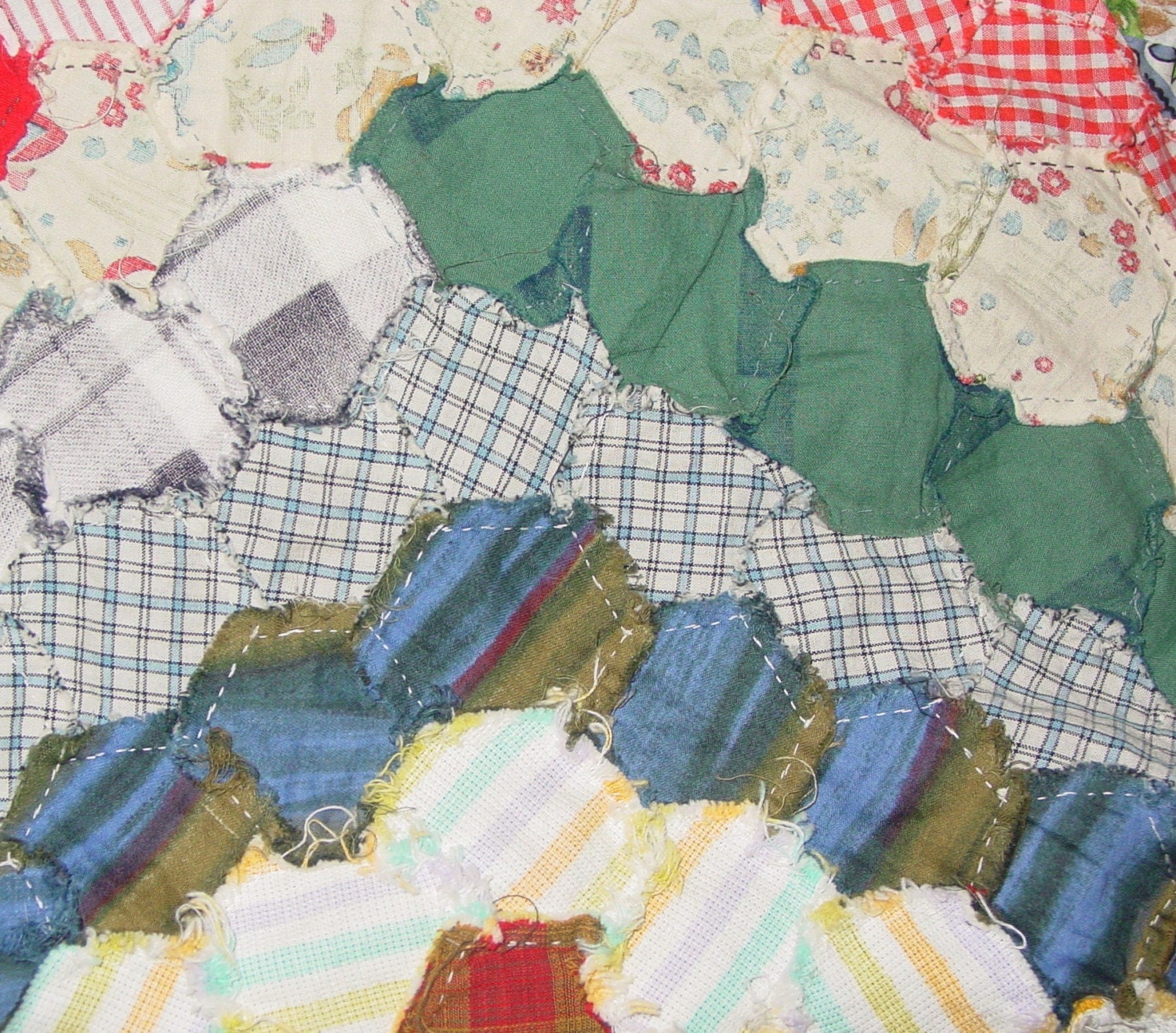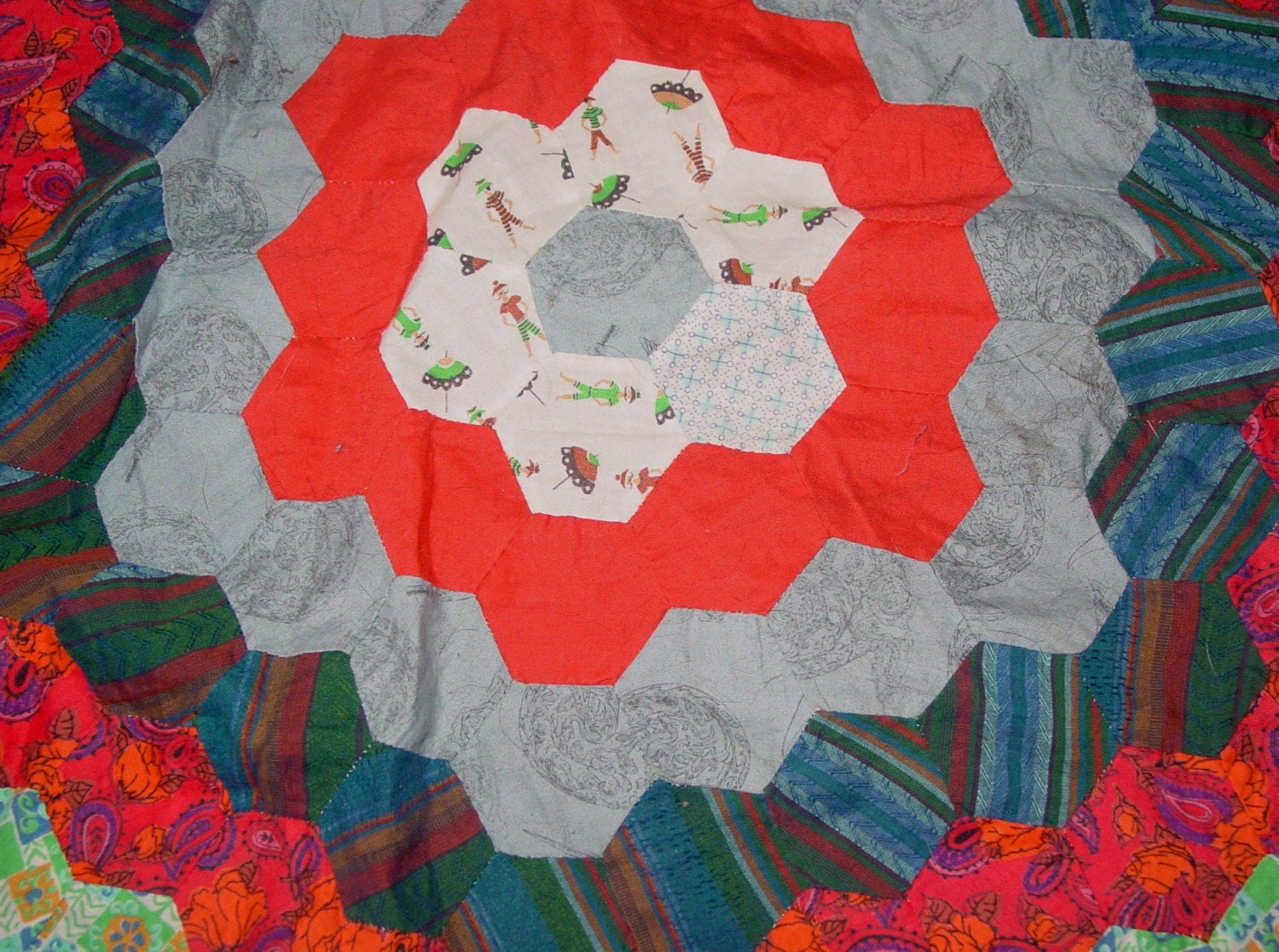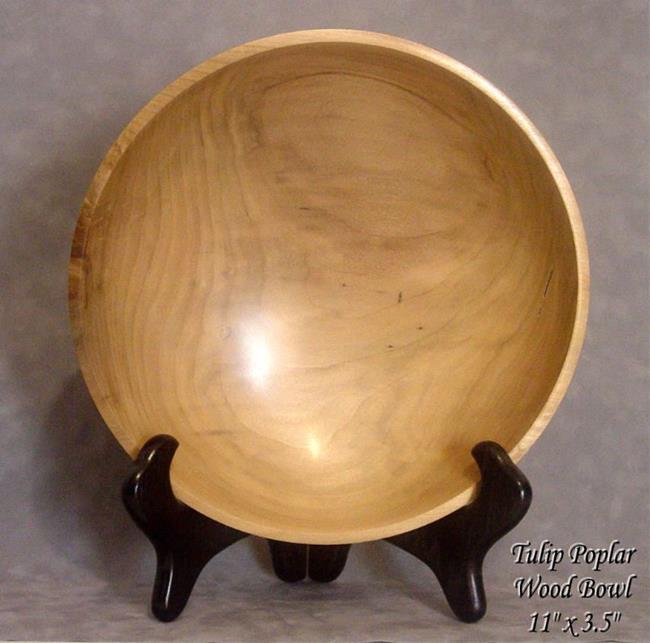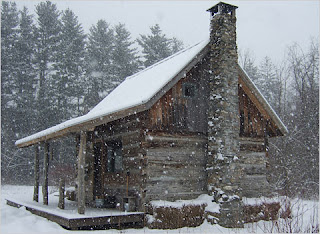Tulip Poplar
We specialize in Tulip Poplar logs which are perfect for log homes. These are not a poplar log but tulip poplar log. Tulip poplars are weather resistant, & termite resistant. The Indians used these trees for canoes. Pioneers preferred these logs to other logs for homes. In fact they were exported to Europe because they were recognized as a superior log.
The tulip tree is the state tree of
Indiana,
Kentucky and
Tennessee.
It is native to eastern North America from
Southern Ontario and
Illinois eastward across southern
New England and south to central
Florida and
Louisiana. It can grow to more than 50 m (165 feet) in virgin cove forests of the
Appalachian Mountains, often with no limbs until it reaches 25–30 m (80–100 feet) in height, making it a very valuable
timber tree. It is fast-growing, without the common problems of weak
wood strength and short lifespan often seen in fast-growing species.(thank you
Wikipedia-liriodendron)
I learned that it is not an actual poplar, the Tulip Poplar but a member of the magnolia family. The name is derived from the greenish-yellow tulip-like flowers that bloom spring. (Also, the leaves look like silhouettes of a tulip ) .

Seeds are eaten by birds and small animals, but aren't great favorites of any, except cardinals. Once the seeds are blown away or devoured, the cones remain throughout the winter.
HAVE YOUR LOG HOME BUILT BY
Tulip Poplar wood was used by American pioneers and they last ! This log home is from the 1830s and still standing! This is
Dog Trot House - A double pen log house separated by an open passage way covered by a single roof.
Finding this log home company has given Mike a new perspective on the value of poplar as a viable wood for log home building.
More All about the fascinating Tulip Poplar-The Lily Tree
other names Basswood, Cucumber-tree, Canoe wood
"Once the mainstay of the American hardwood lumber industry"
ART♥CANOES ♥MEDICINE♥LOG HOMES♥FOLKLORE
Lets learn the basics first!
Common Name: Tulip poplar, Yellow poplar, Tulip tree, Tulip tree magnolia, Yellow wood, Canoe wood, Tulip-bearing poplar, Saddle tree, Lyre tree, Old wife's shirt, White wood, American whitewood -
Scientific Name: Liriodendron tulipfera - The generic name is derived from the Greek
lirion meaning lily and
dendron meaning tree.
 Where is it found?
Where is it found?In woods,
Vermont to Rhode Island, Florida, Michigan, Arkansas and Mississippi. May-June. Wood soft, yellowish or brownish; sap-wood nearly white. Weight per cubic foot 26 lbs. Cucumber-tree. Blue-, white- or yellow-poplar. Lynn- or saddle-tree. Hickory- or tulip-poplar. Basswood. Saddle-leaf. Canoe-wood.

Beautiful grain
Water and termite resistant !!!
Early settlers called the tulip tree "canoe wood" and harvested it for ships, paper mills and construction. Poplar is found in many furniture projects, toys and wood turnings because it is inexpensive, fairly workable and takes nails, screws and glue well. Poplar is also used quite often for more industrial purposes, such as the core of finer plywoods or for crates and pallets.
The Tree:
According to the University of Kentucky, the tulip poplar is the tallest North American hardwood tree. It is named for the distinctive green and orange tulip-shaped flowers that grow upright, high in the tree, in May and June. The flowers produce samaras, cone-shaped spirals of seeds, in fall, and the seeds themselves are extremely sharp. The four-lobed leaves grow 6 inches wide and turn yellow or brown in fall. Duck-bill shaped buds appear in winter.
Tulip Wood Description:
Yellow Poplar is a domestic hardwood. Poplar is straight grained and uniform in texture. The sapwood is white and often several inches thick. The heartwood is a yellowish brown to olive green sometimes streaked with dark green, purple, black, blue or red.
Finishing:
Poplar is renowned for it's ability to take paint well. It is commonly the wood stock of choice when building woodworking projects that will be painted. It is relatively resistant to decay, and when sanded, primed and painted thoroughly, should hold up well to normal wear and tear for many interior projects.
Dug out Canoe used by the Native Americans
 |
| Dug out Canoe made from Tulip Poplar |
In Virginia, the Tulip Poplar is still sometimes called the "canoe tree" because it was the tree used by the Woodland Indians to make dugout canoes. The Tulip Poplar is the tallest of the eastern hardwoods, ranging from 80 to 100 feet in height. Even now, it is possible to find tulip poplar trees in Arlington with straight, thick trunks which have grown to a height of 100 feet. The wood of these trees is easy to work.
While further north birch bark canoes were common, in Virginia the people made dugout canoes. These boats could be very large; some were reported to be 50 feet long and capable of holding 40 men. Making a canoe was a long and difficult job which required great skill.
The tree was burned at the base to bring it to the ground and then the top and large boughs were burned off. Next, the small branches were removed with an axe. Finally, the inside of the boat was formed by alternately burning and then scraping with stone or shell tools. These boats could be propelled by either oars or poles made of wood.
FOLKLORE
GHOSTLY TALE of the Tulip Poplar
In 1850 in the southern Indiana town of Gnaw Bone (pop. 8), John Allcorn was killed by a falling tulip poplar tree (Liriodendron tulipifera). This was a tragic event but not unheard of in the day.
Tulip in the Crouch cemetery.
There were no undertakers within twenty miles, so neighbors hollowed out a large tulip poplar (some accounts say the same tree that killed John) to make a coffin.
Local lore tells us that soon after the burial a “poplar” sprouted at the head of John’s grave as a living monument.
A recent visit to Crouch Cemetery could not reveal a headstone for John Allcorn but did find the magnificent tulip poplar in the adjacent photo. The tree appears to be the right age to be John Allcorn’s Living Monument.
Notes: After discussion with Dr. William Hoover, Professor of Forestry at Purdue University, it was determined that this type of re-growth (from a live buried log) is possible and is called Vegetative Regeneration.

Stories about the name Gnaw Bone vary. Some say that it was named by French immigrants for their home town of Narbonne France and
Hoosierized . Other more colorful stories are that when a passerby asked about the where-abouts of an area resident the reply was “I seed him settin” on a log a-gnawing on a bone”, and that a local pack of wild dogs killed a group of sheep and were seen “Gnaw-in on the bones”.
ART
608 547 4129 Mike Hompertz
Medicinal uses
Many uses of this tree were used from poultice to fever reducer . It is even listed in the Pharmacopoeia! I found this very useful site which tells us ...
"The inner bark of the root and trunk and the leaves have long been recognized for their medicinal properties. The Cherokee Indians used the leaves as a poultice for sores and to make an ointment to apply topically for inflammation. Other Native American tribes made tea from the bark to treat fever and indigestion; the bark was also chewed as an aphrodisiac stimulant. The medicinal use of the Tulip tree was adopted by the colonists for a variety of folk remedies including toothache and malaria. By 1787, it was recognized that a tincture of the root and bark was useful as a febrifuge to treat rheumatic fever. It was listed in the U. S. Pharmacopoeia in between 1830 and 1880 as a stimulant tonic with diaphoretic (perspiration inducing) properties for use against intermittent fevers. A substance was isolated from the bark in 1831 by a Professor J. P. Emmet which he named liriodendrin. Subsequent work in 1886 resulted in the identification of the active constituent of the bark as an alkaloid that was named tulipferine." Hikersnote
This tree species is a major honey plant in the eastern United States, yielding a dark reddish, fairly strong honey which gets mixed reviews as a table honey but is favorably regarded by bakers.
Vintage log tulip poplar homes
This log was the preferred choice for our forefathers and the pioneers of the United States, it is water and termite resistant , It is very dense and heavy and the number of vintage log homes that are over 100 years old, made from tulip poplar is amazing! These homes imply chinking , you can see how nicely the logs weather .
Use in Modern log homes
Why is it used?
It can grow to more than 50 m (165 feet) in virgin cove forests of the Appalachian Mountains, often with no limbs until it reaches 25–30 m (80–100 feet) in height, making it a very valuable timber tree. It is fast-growing, without the common problems of weak wood strength and short lifespan often seen in fast-growing species. It is a hardwood as well.
On Line resources :
http://www.sierrapotomac.org/W_Needham/TulipPoplar_070514.htm
http://www.fredwilliamson.com/Pages-Main/Monticello-Tulip-Poplar.html
http://www.estillparks.org/Poplar.htm
http://www.bedworks.net/hardwoods.php
http://en.wikipedia.org/wiki/Liriodendron_tulipifera About.com
Garden Guides
Curious Woods
























































 buy this work here
buy this work here 


